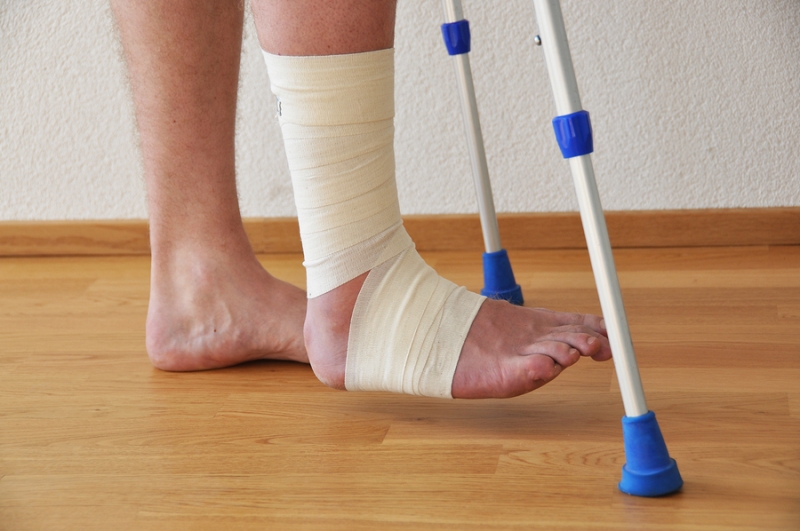Post Fracture Physiotherapy
Post-fracture physiotherapy is a specialized area of rehabilitation that focuses on the recovery and rehabilitation of individuals after experiencing bone fractures. The primary objectives include promoting healing, restoring functional mobility, and preventing complications associated with the fracture and immobilization.
Physiotherapy begins with an early assessment of the fracture site and the overall condition of the patient. Treatment plans are then tailored to the specific type and location of the fracture.

Post-fracture physiotherapy addresses pain management through a combination of modalities such as ice or heat therapy, manual techniques, and appropriate exercises to minimize discomfort.For fractures requiring immobilization through casts or braces, physiotherapy focuses on maintaining joint mobility in adjacent areas to prevent stiffness and muscle atrophy.
# Key Aspects of Post Fracture Physiotherapy:
- Post-surgical rehabilitation aims to restore optimal function and well-being after surgical procedures.
- Individualized treatment plans are developed based on the type of surgery and the patient's specific needs.
- Early mobilization, pain management, and range of motion exercises are key components of post-surgical rehabilitation.
- Strength training and core exercises rebuild muscle strength and support overall functional improvement.
- Scar tissue management techniques minimize formation and improve tissue flexibility around incision sites.
- Patient education empowers individuals to actively participate in their recovery, understanding the importance of prescribed exercises.
- Rehabilitation includes gradual progression of exercises and monitoring to align with the patient's evolving needs.
Gradual introduction of range of motion exercises helps prevent joint stiffness and promotes the restoration of normal movement patterns around the fracture site.Once cleared by the treating physician, physiotherapists incorporate targeted strengthening exercises to rebuild muscle strength and endurance lost during the immobilization period.
Physiotherapy guides patients through a safe progression of weight-bearing activities, ensuring the bone heals properly and minimizing the risk of re-injury.To regain stability and prevent falls, exercises focusing on balance and proprioception are included in the rehabilitation program, particularly important for lower extremity fractures.
For lower limb fractures, gait training is an essential component, ensuring a proper and safe walking pattern as the individual transitions from crutches or walkers to normal ambulation.
For fractures requiring surgical intervention, scar tissue management techniques, such as massage and stretching, are incorporated to optimize tissue healing and flexibility.Educating patients about their fracture, the rehabilitation process, and the importance of adherence to prescribed exercises and activity modifications is crucial for a successful recovery.
Book Now